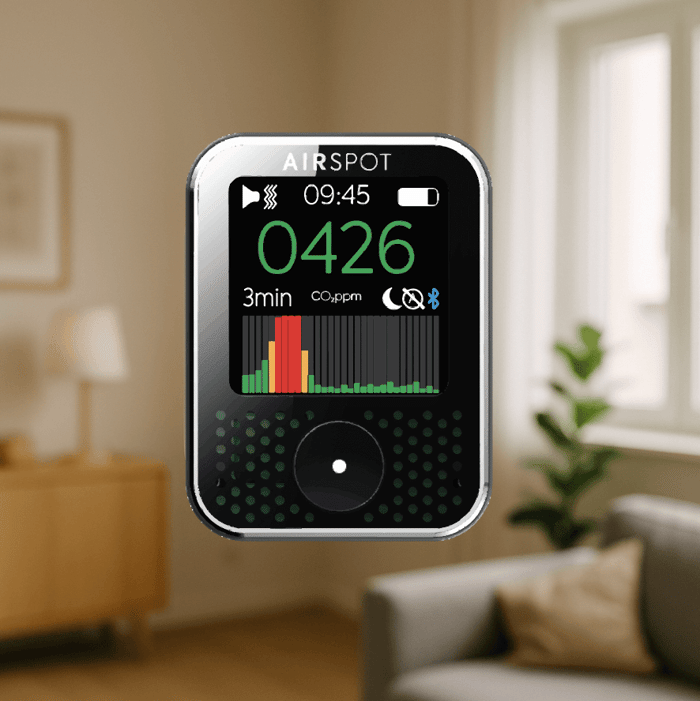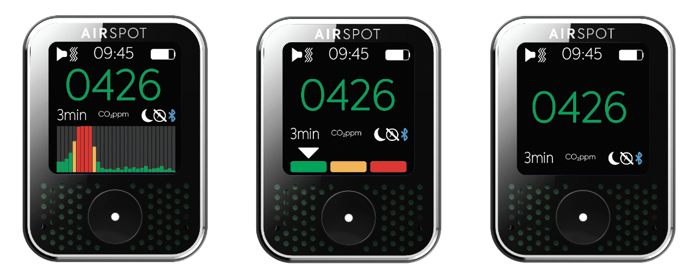The area or volume a CO₂ monitor can effectively monitor depends on several factors, such as the type of sensor, airflow in the space, and placement of the monitor. Here's a general breakdown:
🔹 Typical CO₂ Monitor Coverage
Small to Medium Rooms (up to ~1,000 sq ft / ~28 m²):
Most consumer-grade CO₂ monitors are designed for individual rooms like offices, classrooms, or living rooms.
These are effective in spaces up to about 300–1,000 square feet or ~50–300 m³ in volume.
🔹 Factors Affecting Coverage
Airflow and Ventilation:
In well-mixed air environments (good HVAC or fans), one sensor can give a good general reading for a larger area.
In stagnant air or spaces with poor circulation, you may need multiple monitors for accurate readings.
Sensor Type:
NDIR sensors (Non-Dispersive Infrared) are common and accurate for indoor air quality.
Some higher-end systems designed for building-wide monitoring will use networked sensors in multiple zones.
Purpose:
For occupancy detection or ventilation efficiency, one monitor in a central location is usually fine.
For precise scientific measurements or health-sensitive environments, more granular monitoring is ideal.
🔹 General Recommendations
| Space Type | Recommended CO₂ Monitoring Setup |
|---|---|
| Small office (<300 ft²) | 1 consumer-grade monitor |
| Classroom (~900 ft²) | 1-2 monitors, especially if air isn't well-mixed |
| Large open space (>1,000 ft²) | Multiple monitors spaced throughout |
| Multi-room building | Networked CO₂ monitoring system |
If you have any other questions why not check out our FAQ page?
If you can't find the answer you're looking for then please get in touch with us at support@airspothealth.com - we love hearing from you.





